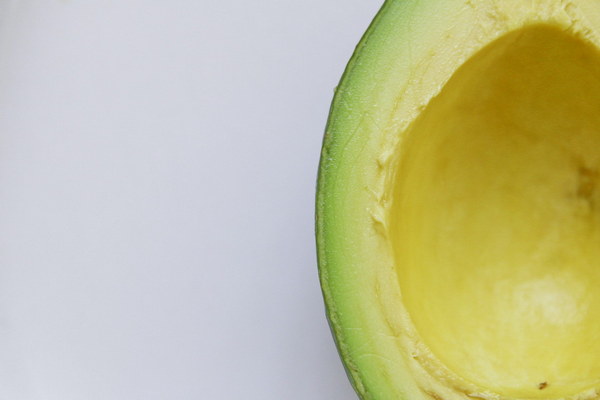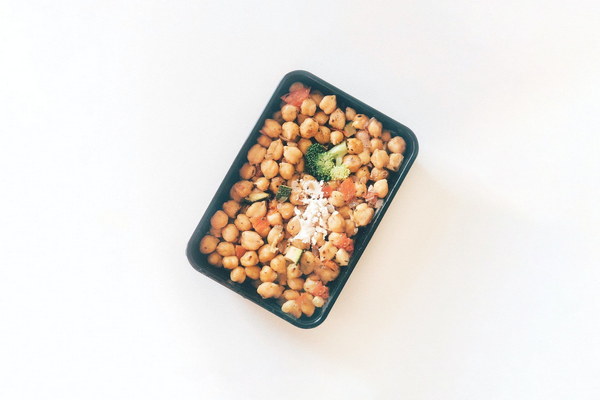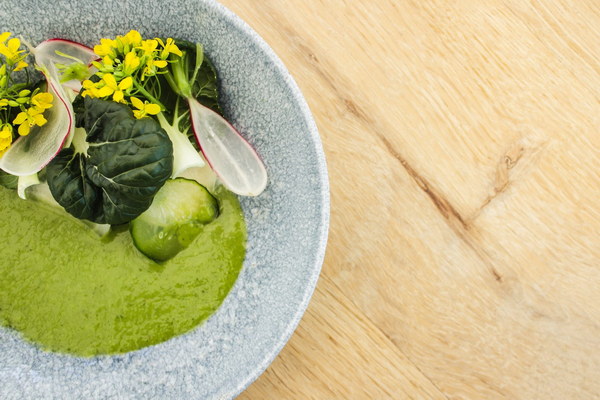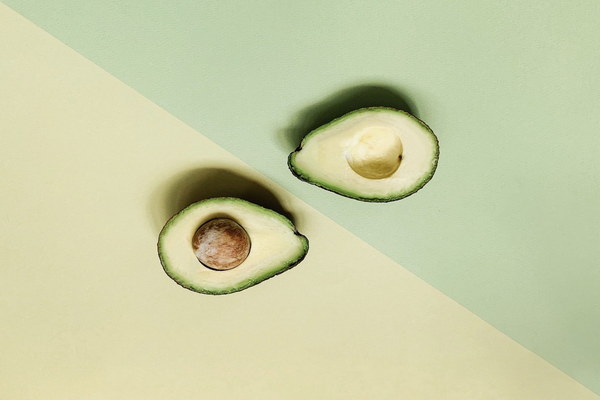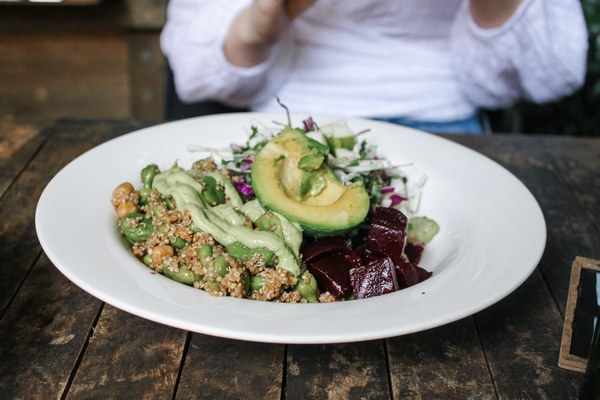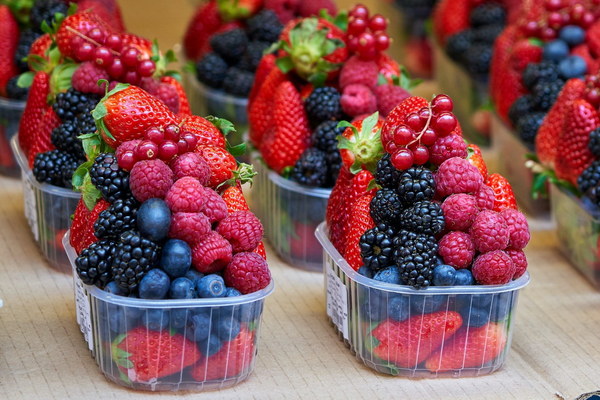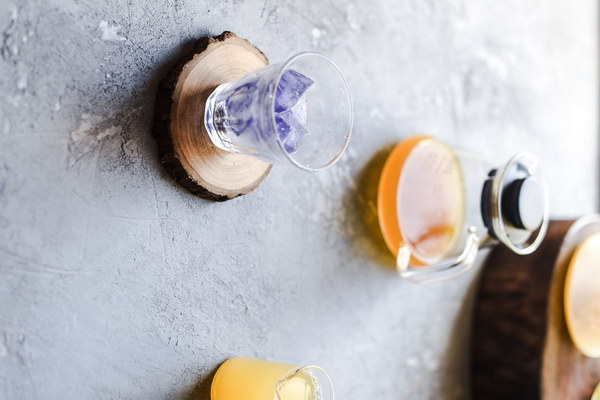Winter Solstice A Time for Replenishing with Traditional Chinese Nutrition
The Winter Solstice, also known as Dongzhi, is a time-honored celebration in Chinese culture, marking the shortest day and longest night of the year. This ancient festival, falling on December 21 or 22, holds significant importance in traditional Chinese medicine and nutrition. It is a period when the body is believed to be more susceptible to cold and illness due to the extreme cold weather. As such, it is a perfect time for replenishing and strengthening the body's energy. In this article, we will delve into the concept of winter solstice replenishment and explore the traditional Chinese methods of nourishing the body during this season.
1. Understanding the Concept of Winter Solstice Replenishment
According to traditional Chinese medicine, the body's energy, known as Qi, is most vulnerable during the winter solstice. This is because the body is under the influence of the Yin element, which governs coldness and stillness. To counteract this, it is essential to consume foods and practices that can help balance the body's Yin and Yang, thereby strengthening the immune system and preventing illness.
2. Foods for Winter Solstice Replenishment
a. Warm and Nutritious Soups: Soups are an excellent way to nourish the body during the winter solstice. They are easy to digest and help keep the body warm. Common ingredients include ginger, scallion, goji berries, and dates. These ingredients not only add flavor but also have health benefits, such as boosting the immune system and increasing energy levels.
b. Nourishing Grains: Grains like quinoa, brown rice, and millet are considered to be warming and grounding. They provide essential nutrients, such as vitamins, minerals, and fiber, which help maintain the body's energy levels.
c. Seafood and Shellfish: Seafood, such as salmon, mackerel, and shrimp, are rich in omega-3 fatty acids, which can help reduce inflammation and improve heart health. Shellfish, like oysters and mussels, are believed to be a great source of zinc, which is crucial for immune system function.
d. Fruits and Vegetables: While it may be challenging to find fresh produce during the winter months, there are still many options available. Root vegetables like carrots, beets, and sweet potatoes are excellent choices, as they are warm and grounding. Citrus fruits, such as oranges and tangerines, provide a burst of vitamin C, which can help ward off colds and flu.
3. Traditional Chinese Practices for Winter Solstice Replenishment
a. Acupuncture: Acupuncture is a traditional Chinese medicine practice that involves inserting fine needles into specific points on the body to balance the flow of Qi. During the winter solstice, acupuncture sessions can help boost the immune system and improve overall well-being.
b. Cupping: Cupping is another traditional Chinese practice that involves placing cups on the skin to create suction. This technique is believed to improve circulation, alleviate muscle tension, and boost the immune system.
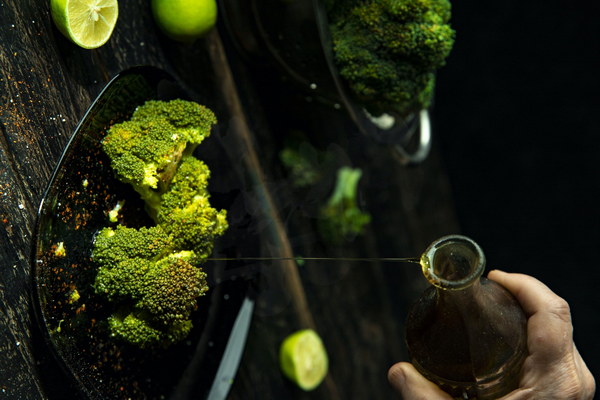
c. Tai Chi and Qigong: These gentle, low-impact exercises focus on balancing the body's energy and improving flexibility. Practicing Tai Chi or Qigong during the winter solstice can help maintain a healthy and balanced Qi.
In conclusion, the winter solstice is an excellent opportunity to focus on replenishing and strengthening the body. By incorporating traditional Chinese nutrition and practices into your routine, you can help ensure that your body is well-prepared to face the cold winter months ahead. So, embrace the spirit of Dongzhi and nourish yourself with warmth, love, and the wisdom of ancient traditions.

